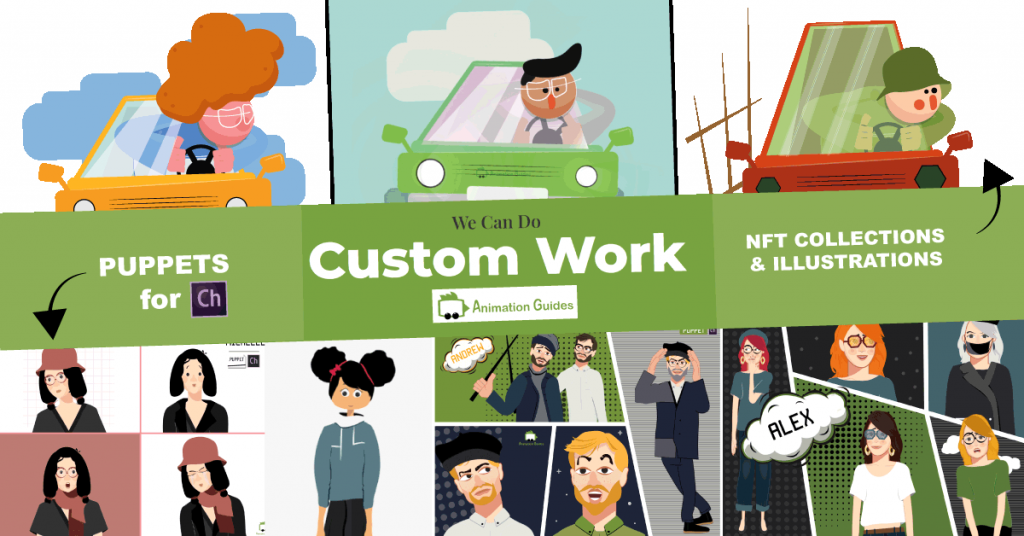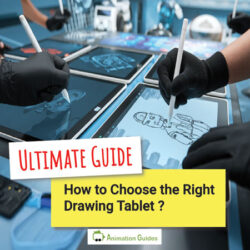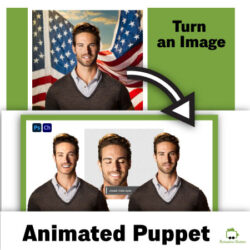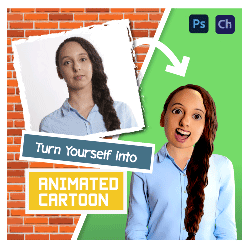In filmmaking, photography, and even AI image generation, the way you position the camera can completely change the story being told. A simple shift in angle or framing can turn the same moment into something heroic, vulnerable, mysterious, or even terrifying. That’s the magic of camera shots and angles: they shape the way we see and feel a story.
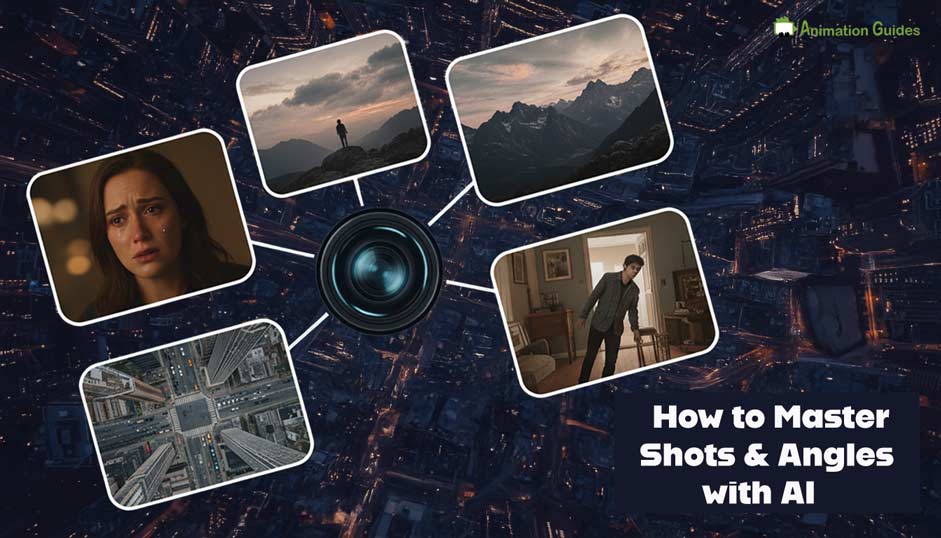
Think about it—an extreme wide shot can make a character look small against a vast, intimidating world. A close-up can reveal emotions so subtle they’d otherwise be invisible. A low-angle shot can make someone appear powerful, while a high-angle shot can strip that power away in an instant.
For creators working with AI, understanding these techniques is especially powerful—you can describe shots precisely and generate cinematic images that look straight out of a film.
In this post, we’ll break down the different types of shots and angles, why they matter, and how to use them—with ready-to-use AI prompts for each one.
What Are Camera Shots and Angles?
Before diving into the list, let’s clear up two terms that are often mixed:
- Camera Shot (Shot Size) - How much of the subject or scene the camera shows.
- Camera Angle (Viewpoint) → Where the camera is placed and how it looks at the subject.
Mastering both shots and angles is what gives your visuals a cinematic language. Shot size controls distance and framing. Camera angle controls the perspective and depth of field.
Types of Camera Shots (Shot Sizes)
The shot size controls how close or far the audience feels from the subject. It’s not just technical—it shapes the emotional connection to the story. Here are the essential types:
1. Extreme Wide Shot (EWS) / Establishing Shot
- Creates a sense of scale, isolation, or grandeur.
- Often used at the start of a scene to establish location and atmosphere.
- Great for epic landscapes, cityscapes, or when the world itself feels like a character.
“A cinematic extreme wide shot of a lone traveler crossing a desert under a burning orange sunset, vast landscape, epic scale”
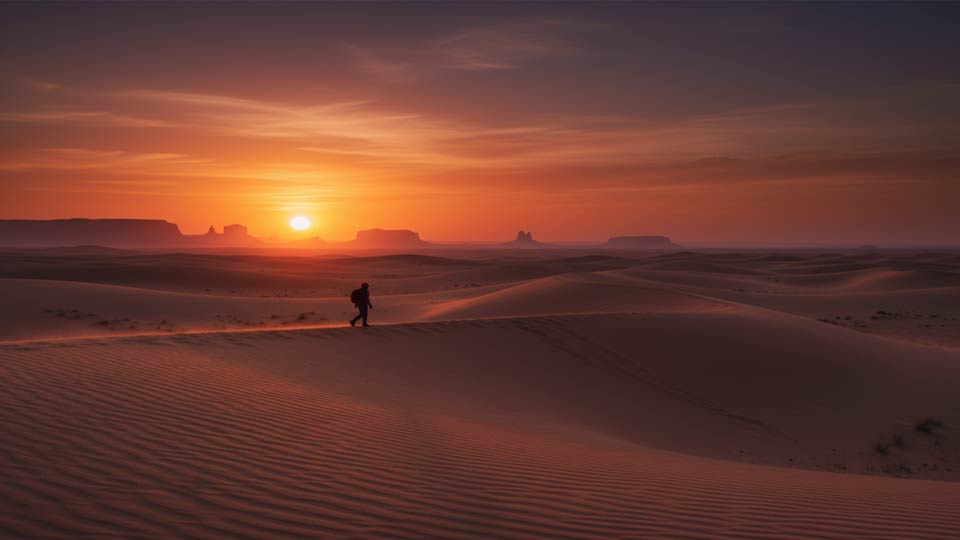
2. Wide Shot (WS) / Long Shot
- Perfect for showing action, body language, or movement.
- Balances character detail with surrounding space.
- Allows viewers to see how the subject interacts with their environment.
AI Prompt Example:
“Wide shot of a ballerina on stage, full body visible, theater lights glowing in the dark hall”
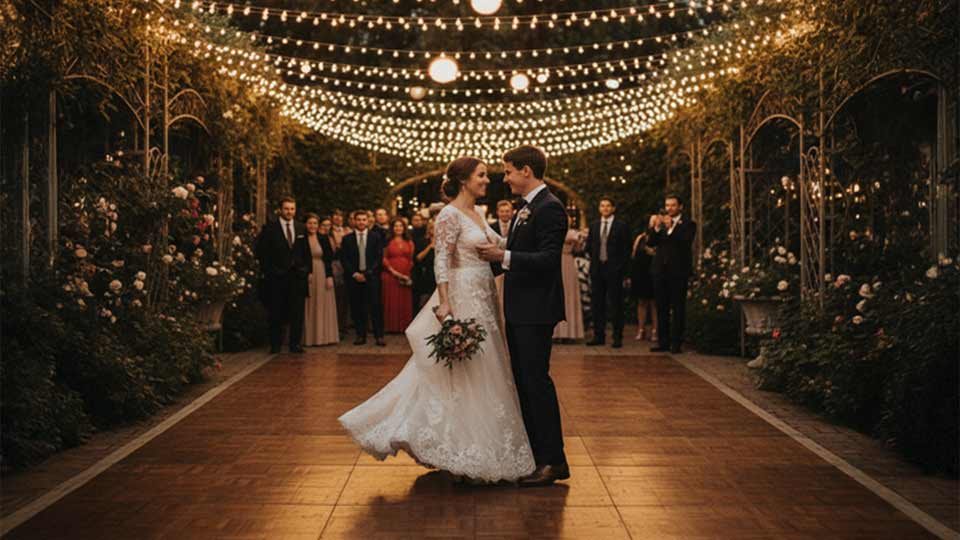
3. Medium Shot (MS)
- The “default” shot for dialogues and casual storytelling.
- Captures gestures and expressions while keeping some background context.
- Neutral, balanced—lets the audience observe naturally.
AI Prompt Example:
“Medium shot of a detective sitting at a desk in a dimly lit office, cigarette smoke curling in the air”
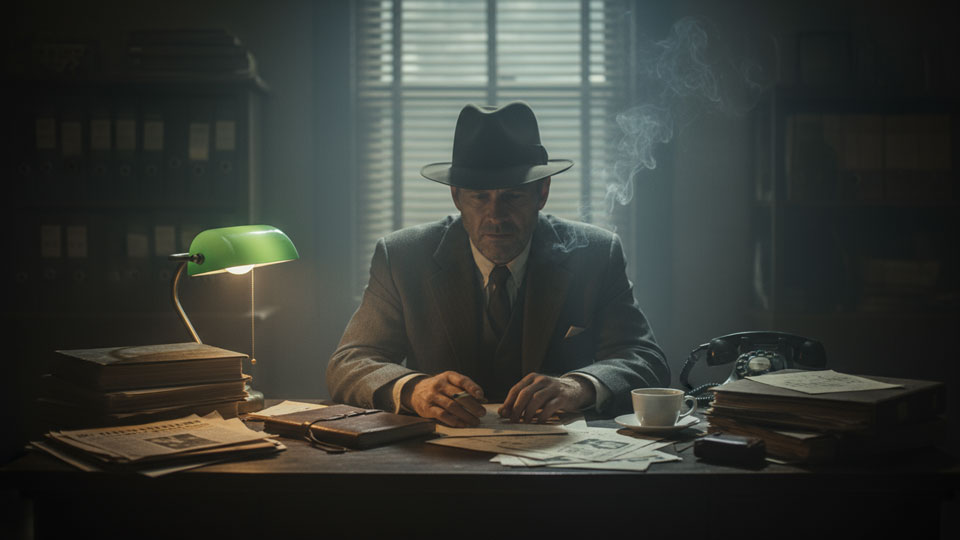
4. Medium Close-Up (MCU)
- Narrows attention on the character’s face while keeping some space.
- Great for emotional but not overly intense moments.
- More personal than a medium shot, less invasive than a close-up.
AI Prompt Example:
“Medium close-up of a scientist explaining data on a futuristic holographic screen”

5. Close-Up (CU)
- Reveals emotions, thoughts, or reactions in detail.
- Draws viewers into the psychological state of the character.
- Can also spotlight a key object (like a weapon, letter, or hand gesture).
AI Prompt Example:
“Close-up of a young woman’s face with tears reflecting neon city lights at night”
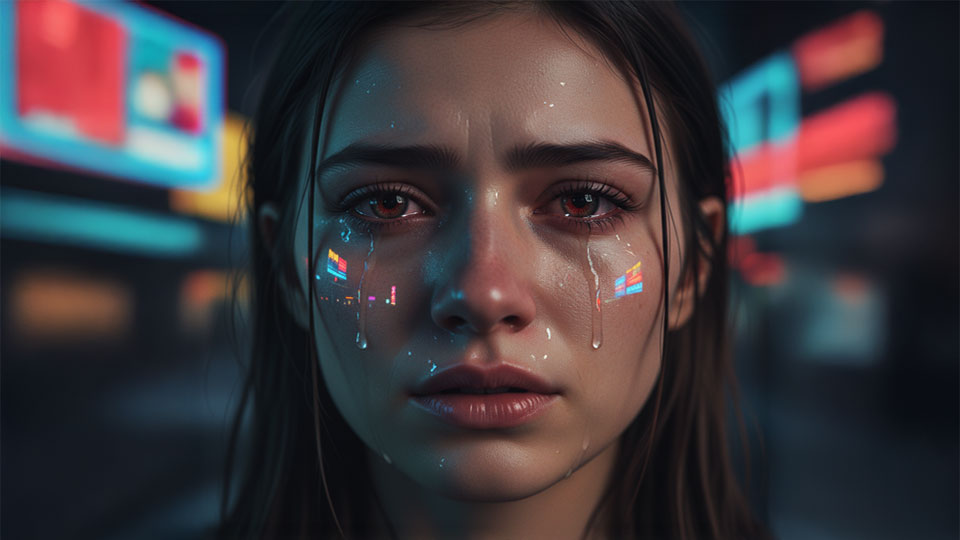
6. Extreme Close-Up (ECU)
- Creates intensity, symbolism, or mystery.
- Forces the audience to notice something crucial.
- Often used to build suspense or highlight micro-expressions.
AI Prompt Example:
“Extreme close-up of an old man’s wrinkled hand holding a golden key in the dark”
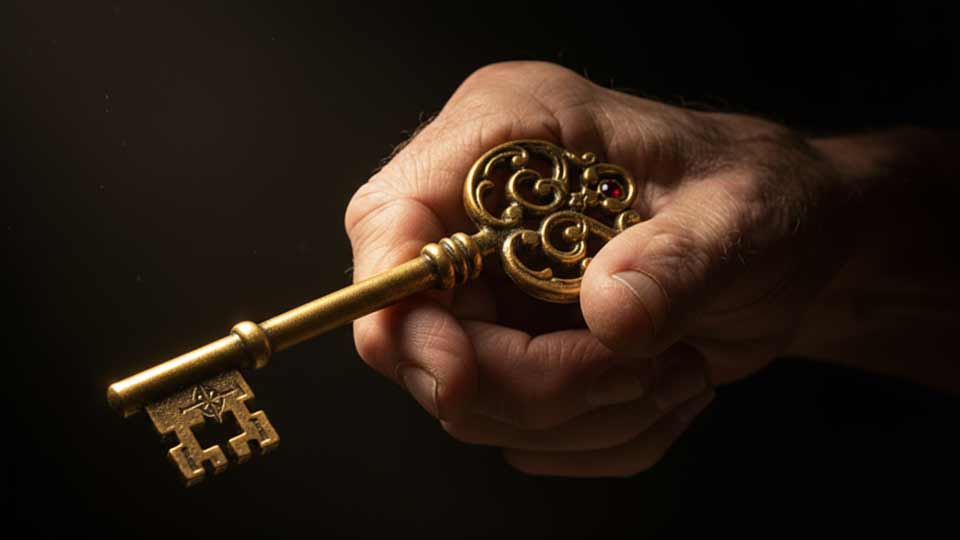
7. Two-Shot
- Shows relationships, interactions, or conflicts between characters.
- Helps the audience see interaction in a single frame instead of cutting back and forth.
AI Prompt: “Two-shot of a young wizard and apprentice standing in a mystical forest, cinematic lighting, fantasy atmosphere”
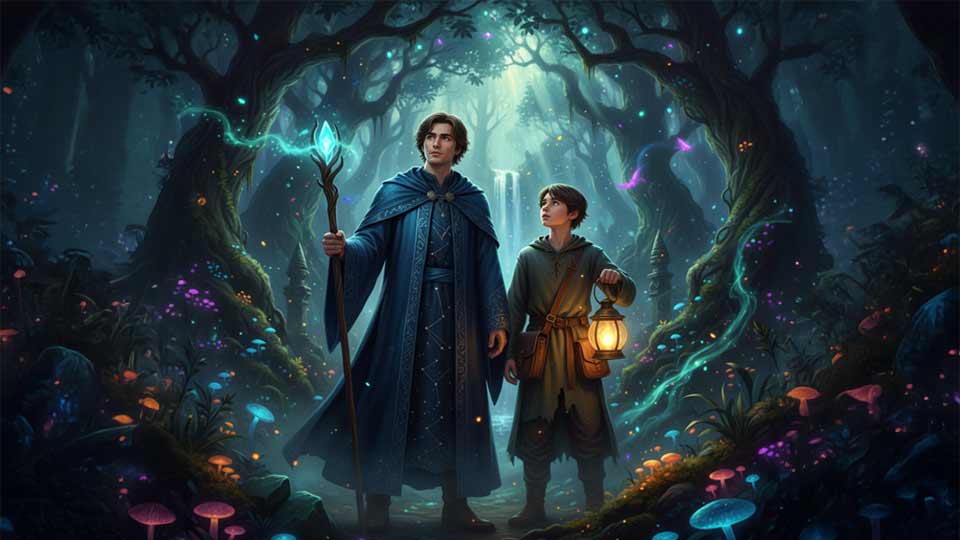
8. Over-the-Shoulder Shot (OTS)
- Adds perspective and intimacy to conversations, letting the viewer feel part of the scene.
- Builds tension during confrontations.
- Ideal for first-person perspective moments.
AI Prompt: “Over-the-shoulder shot of a detective facing a mysterious figure in a dark alley, moody cinematic lighting”
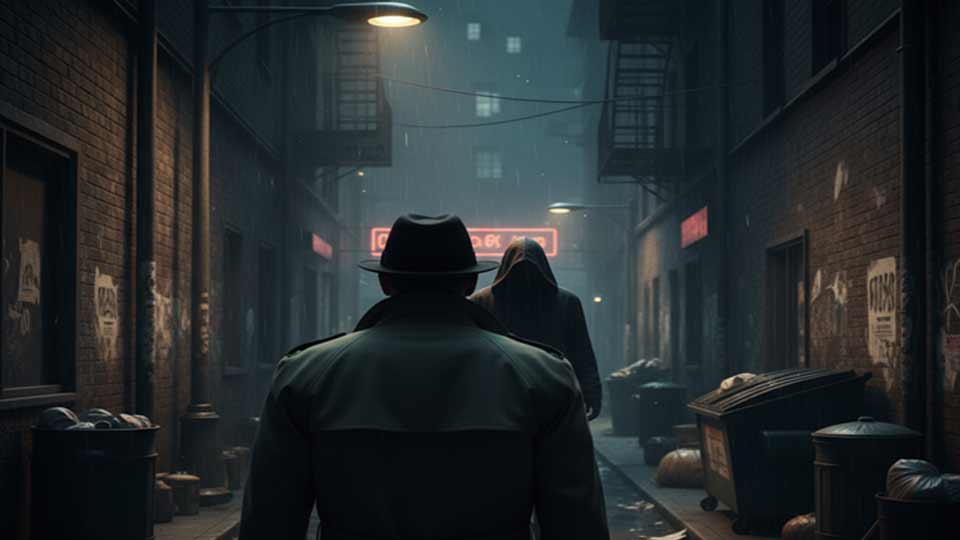
9. Point-of-View Shot (POV)
- Puts the audience directly in the character’s shoes
- Creaes immersion or suspense.
- Ideal for first-person perspective moments.
AI Prompt: “POV shot of a child looking through a keyhole into a magical, glowing room, soft lighting”
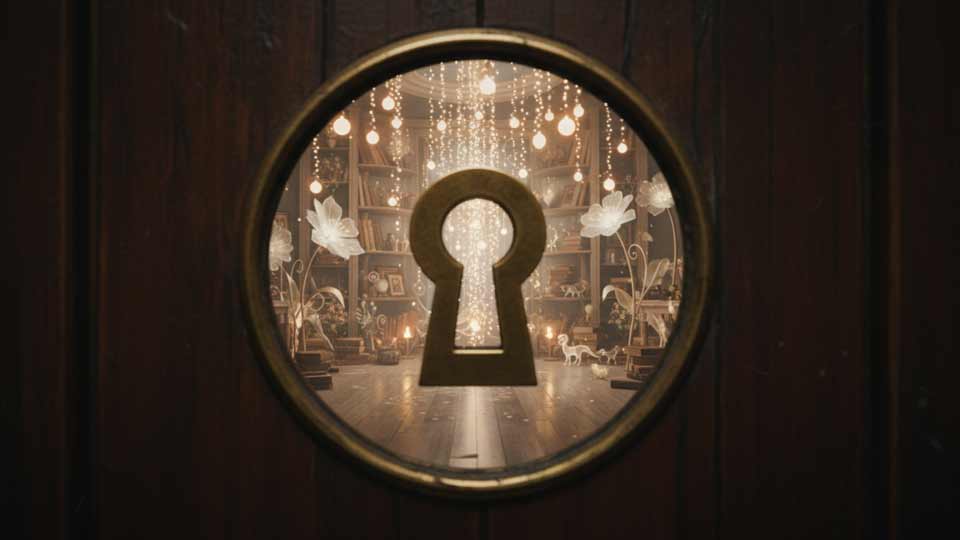
10. Insert / Cut-In Shot
- Highlights important items or visual cues that the audience should notice.
- Adds narrative focus without dialogue.
AI Prompt: “Insert shot of a glowing ancient scroll on a wooden table, cinematic shadows”
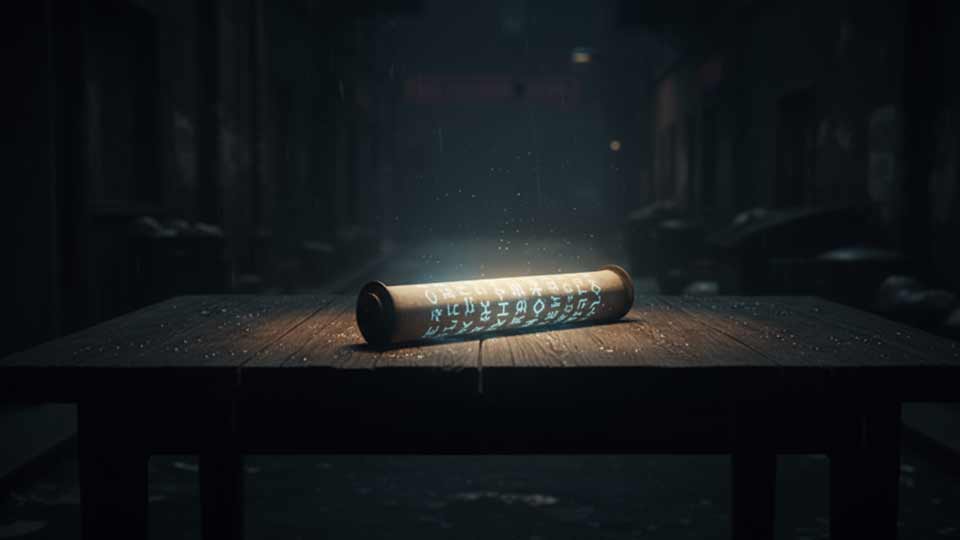
11. Tracking / Dolly Shot
- Creates immersion, fluid motion, and builds tension or excitement.
- Follows action in a natural way.
AI Prompt: “Tracking shot of a soccer player dribbling the ball across a stadium field, crowd cheering in the blurred background, dramatic stadium lights, cinematic realism with dynamic motion blur.”
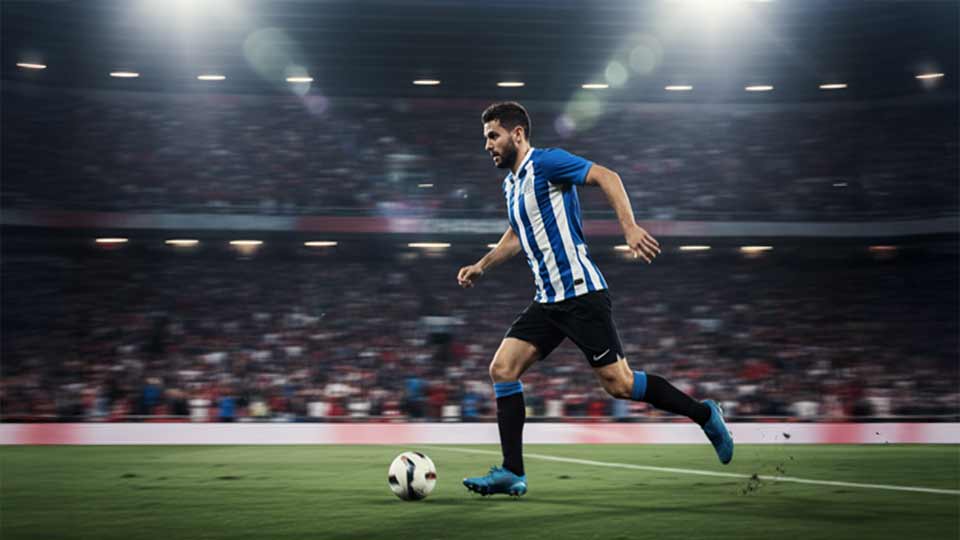
12. Crane / High-Overhead Shot
- Gives a dramatic, sweeping perspective.
- Adds scale, grandeur, or epic storytelling.
AI Prompt: “Crane shot over a medieval battlefield, armies clashing, cinematic epic lighting”
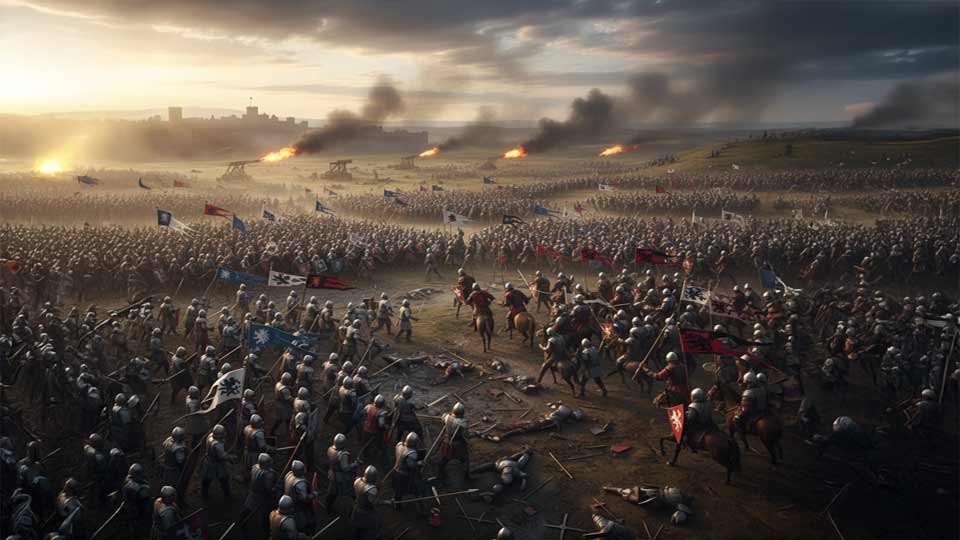
13. Tracking Extreme Close-Up
- Heightens tension.
- Creates intimacy.
- Emphasizes critical details
AI Prompt: “Extreme close-up tracking a dripping candle flame in a dark, haunted room, dramatic shadows”
14. Tilt / Whip Pan / Swish Pan
- Adds energy, dynamic motion, or dramatic transitions.
- Can also disorient the viewer for stylistic effect.
AI Prompt: “Swish pan shot of a skateboarder jumping over urban obstacles, motion blur, dynamic angle”
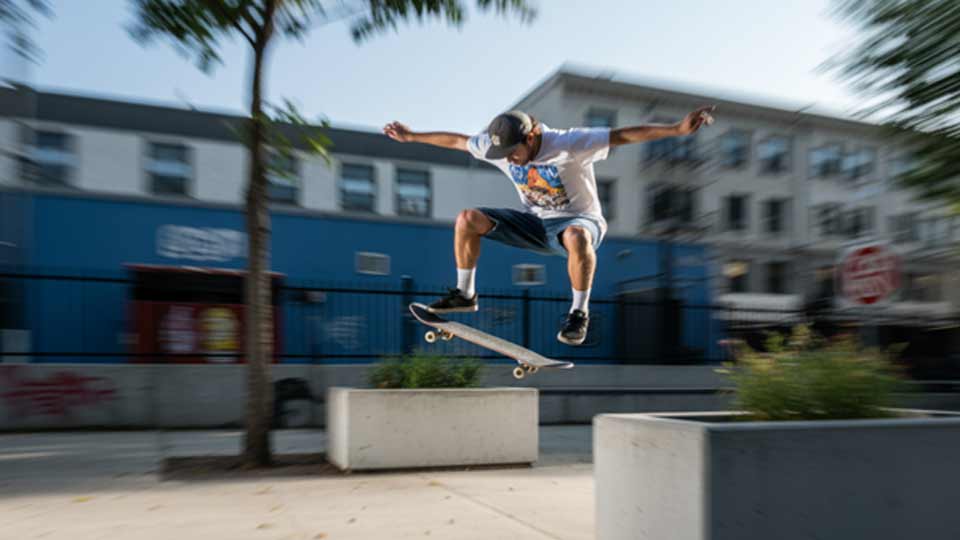
Pro Tip
Start wide to set the stage, move to medium for interaction, then push into close-ups for emotional impact. It’s like zooming the audience into the heart of the story.
Types of Camera Angles (Viewpoints)
Camera angles are all about perspective. By changing the viewpoint, filmmakers can make a character look powerful, vulnerable, mysterious, or balanced. Angles guide how the audience feels about what they see—even before a single word is spoken.
1. Eye-Level Angle
- Feels natural, neutral, and balanced.
- Neither dominant nor submissive.
- Creates a sense of equality between viewer and subject.
- Feels realistic and relatable.
- Keeps focus on dialogue and performance without distraction.
“Eye-level shot of a teacher talking to students in a bright classroom, cinematic lighting”
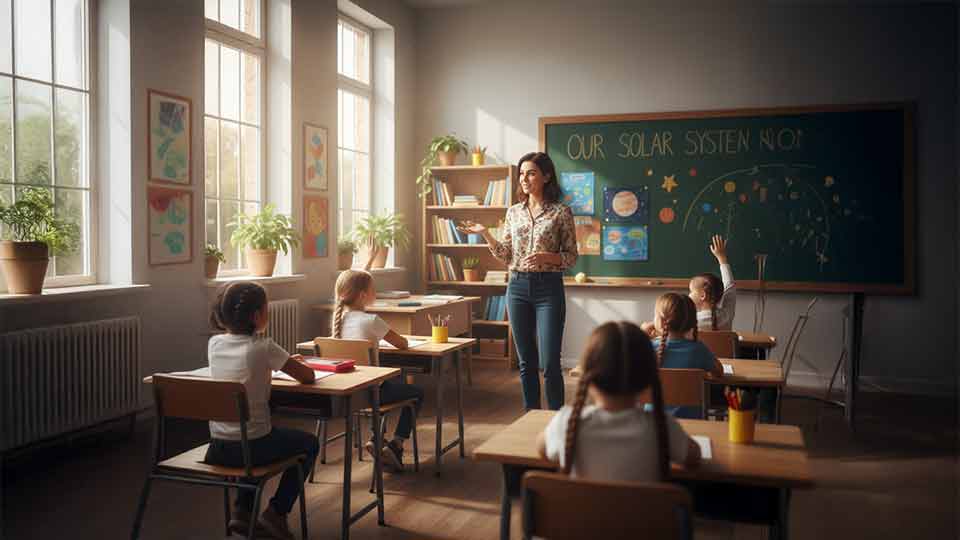
2. High Angle
Camera looks down on the subject from above.
- Makes subject look small, weak, or vulnerable.
- Can also show a character being observed.
- Suggests that someone or something has power over them.
- Adds tension or fear in dramatic scenes.
AI Prompt Example:
“High-angle shot of a child standing alone in a huge empty stadium, dramatic lighting”
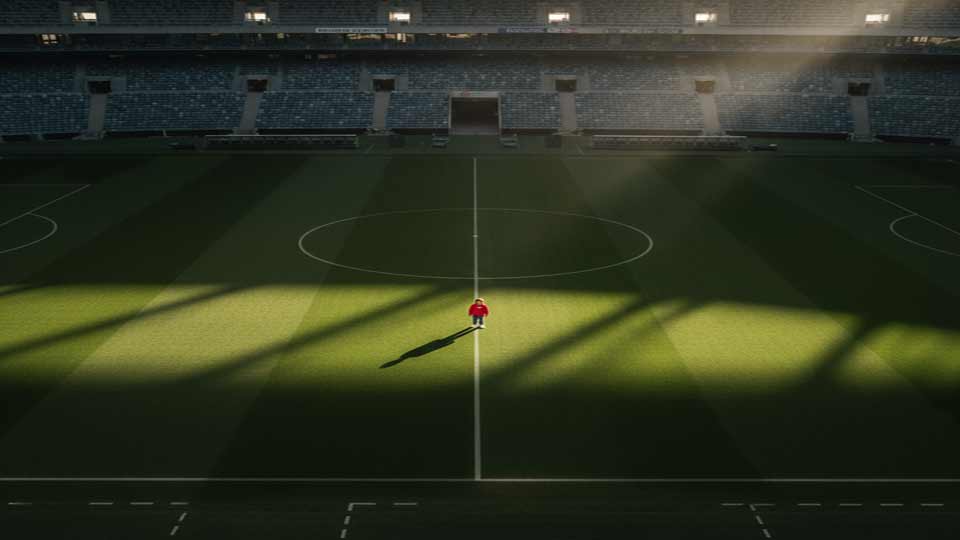
3. Low Angle
- Makes subject appear powerful, intimidating, heroic, or larger than life.
- Creates drama, tension, or intimidation.
- Adds heroic or larger-than-life qualities.
AI Prompt Example:
“Low-angle shot of a futuristic skyscraper towering into the sky, cinematic epic scale”
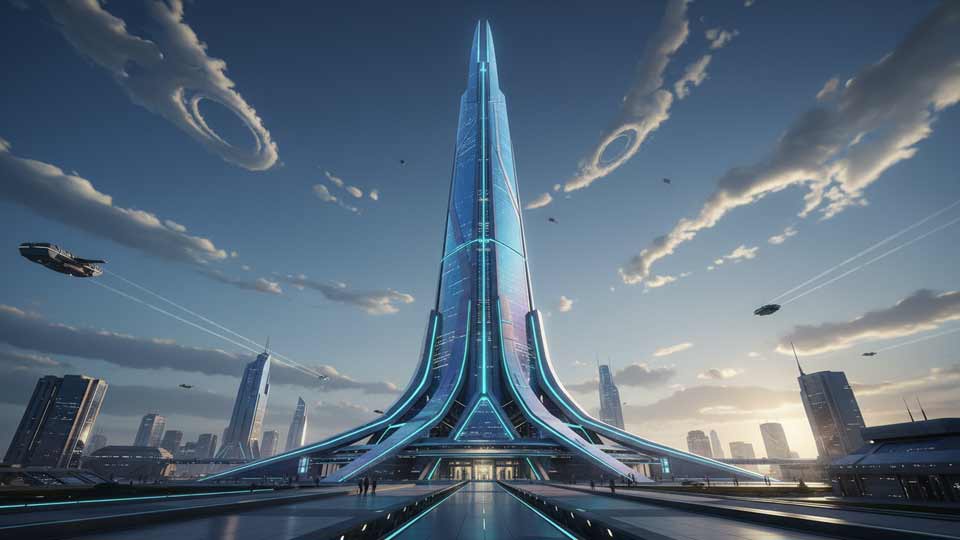
4. Bird’s-Eye View (Top-Down)
- Creates a sense of scale and geography.
- Makes characters look small or insignificant.
- Adds stylized abstraction to choreography or movement.
AI Prompt Example:
“Bird’s-eye view of a busy marketplace in Marrakech, colorful stalls and crowds”
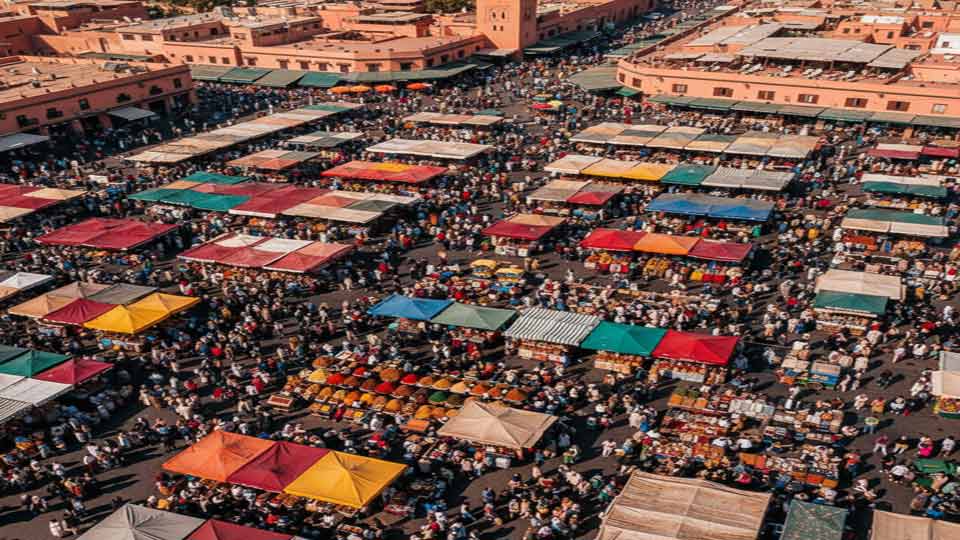
5. Worm’s-Eye View
- Exaggerates height and scale.
- Makes subjects look imposing or overwhelming.
- Creates dramatic architectural or heroic visuals.
AI Prompt Example:
“Worm’s-eye view of a knight standing on castle walls against the sunset”
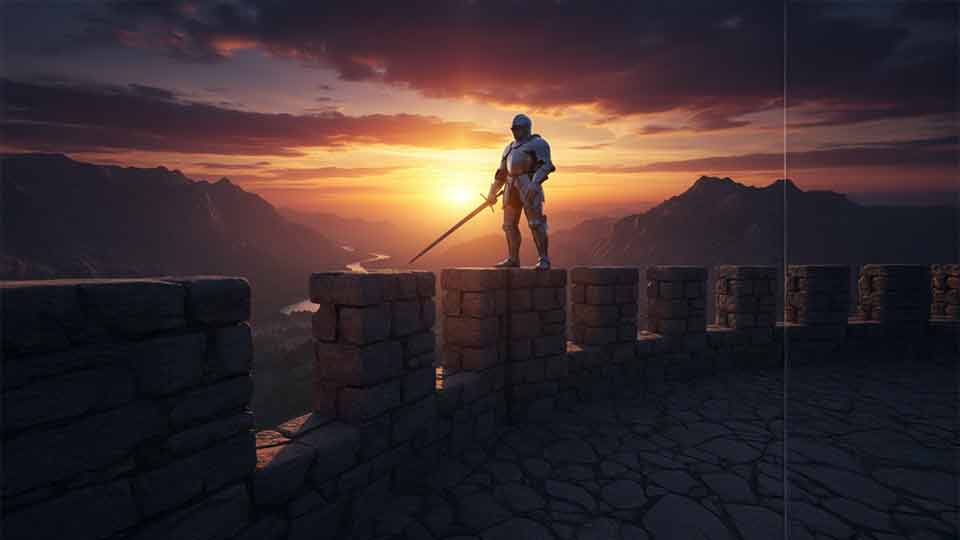
6. Dutch Angle (Tilted Shot)
- Suggests chaos, tension, or instability.
- Adds surreal or dreamlike atmosphere.
- Creates visual interest in thriller or horror.
AI Prompt Example:
“Dutch angle shot of a detective entering a neon-lit alley, noir style”
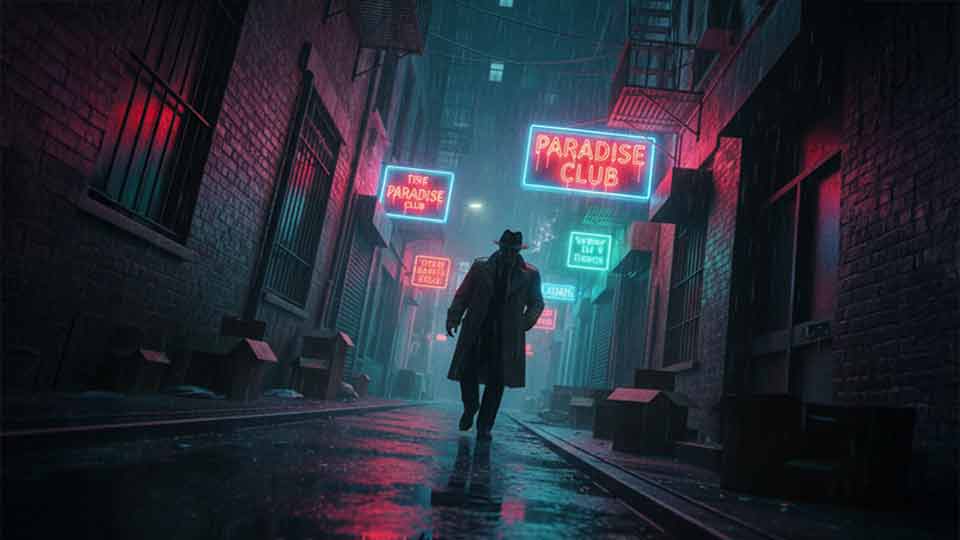
7. Overhead (God’s Eye) Angle
- Makes characters look small, fragile, or symbolic.
- Suggests fate, destiny, or higher powers at play.
- Adds stylized detachment from action.
AI Prompt: “God’s-eye angle of a man lying in the snow, surrounded by glowing candles”
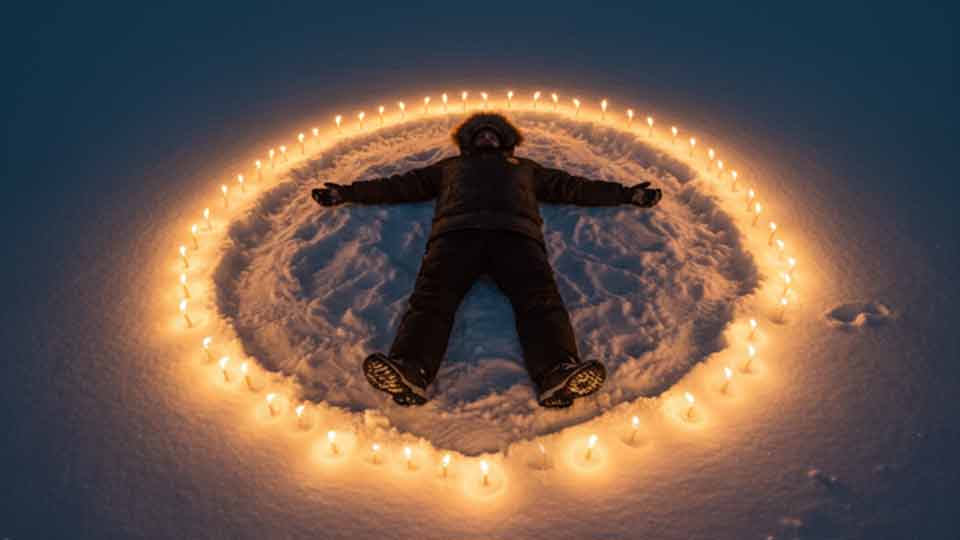
8. Over-the-Shoulder Angle (OTS)
- Puts the audience inside the conversation.
- Creates intimacy and perspective.
- Builds tension in confrontations.
AI Prompt: “Over-the-shoulder shot of a knight facing a dragon in a smoky cave”
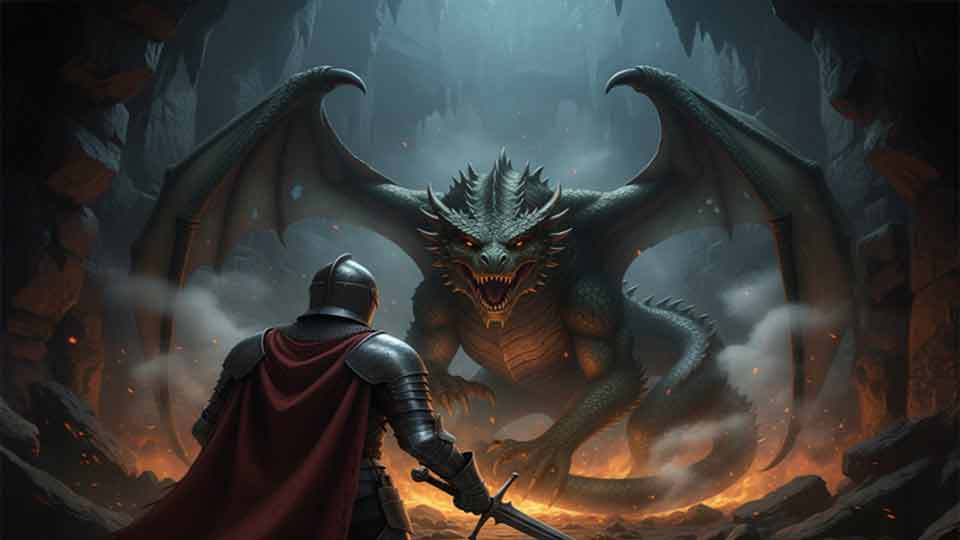
9. Over-the-Hip Angle
- Adds tension before action begins.
- Creates a “gunslinger” or standoff vibe.
- Frames anticipation in confrontational scenes.
AI Prompt: “Over-the-hip shot of a cowboy ready to draw his revolver at sunset”
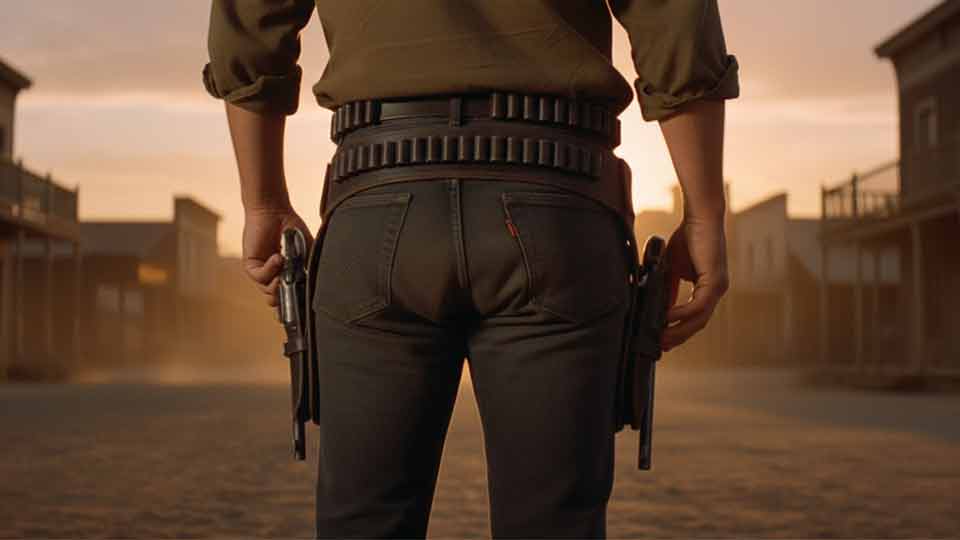
10.Shoulder-Level Angle
- Adds subtle variation to standard eye-level shots.
- Creates more intimacy in close conversations.
- Focuses on gestures and body language.
AI Prompt: “Shoulder-level shot of two friends laughing together at a café table”
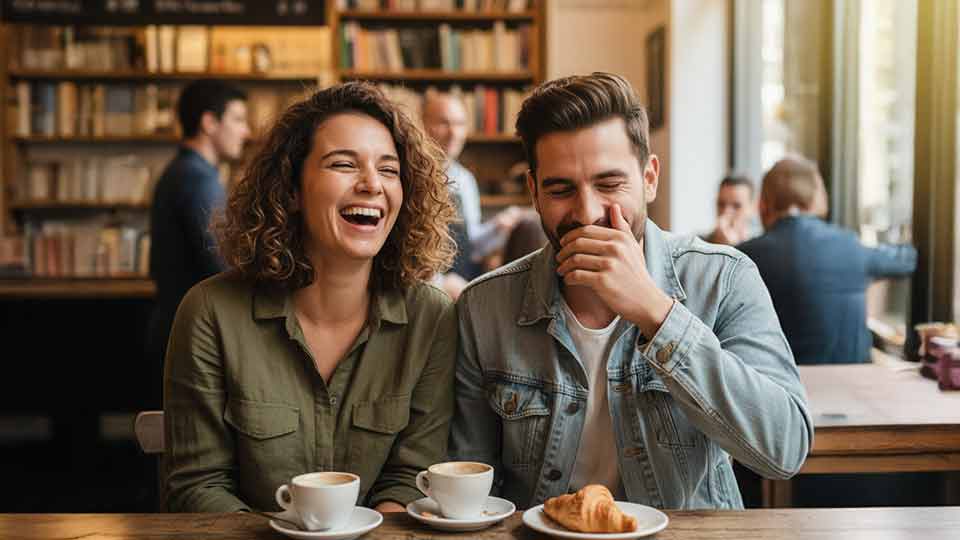
11. Knee-Level Angle
- Emphasizes walking, movement, or footwear.
- Highlights children or small animals.
- Adds cinematic variety to travel or action scenes.
AI Prompt: “Knee-level shot of boots walking down a dusty western street”
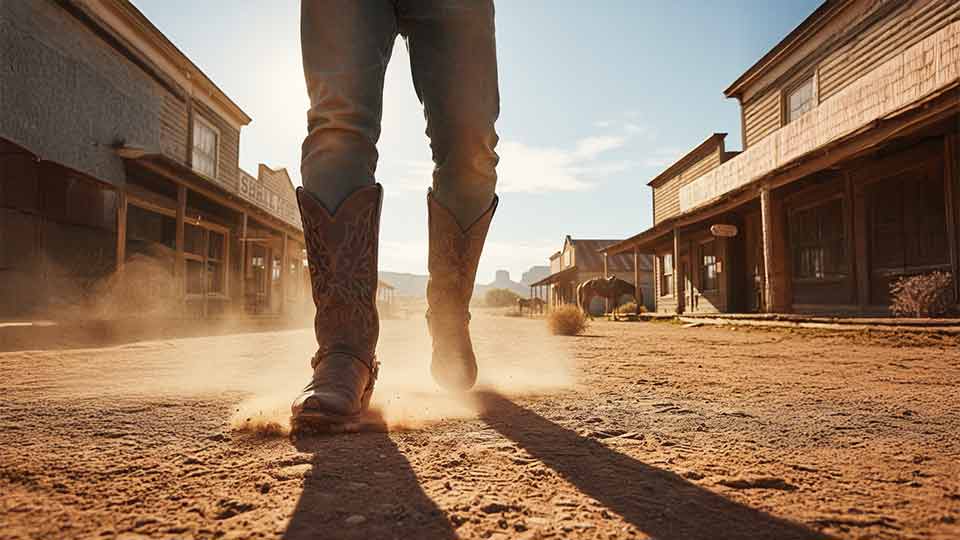
12. Over-the-Back (Tracking Angle)
- Creates immersion, like “following along.”
- Builds suspense during pursuits.
- Matches video game third-person perspective.
AI Prompt: “Over-the-back shot of a soldier walking into a foggy battlefield”
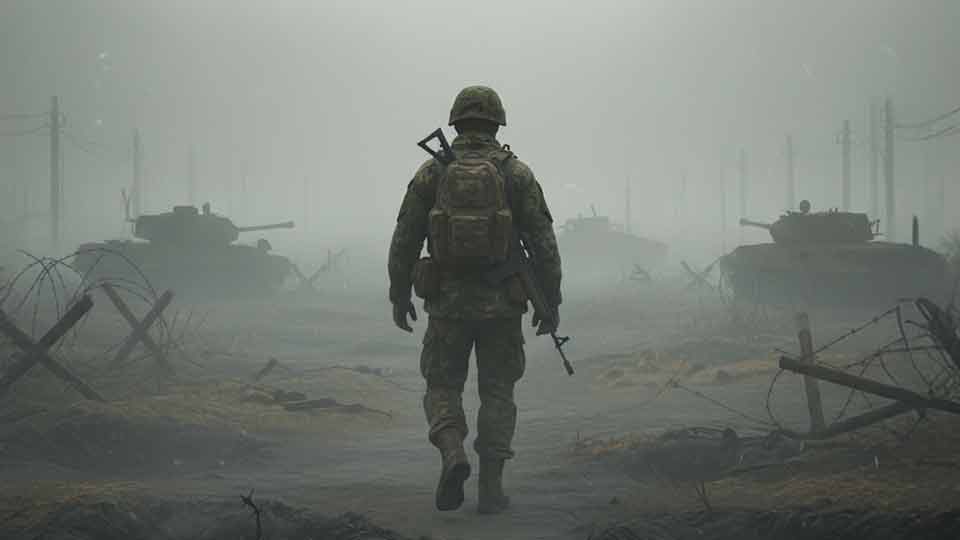
13. Shoulder Peek / Spying Angle
- Creates voyeuristic tension.
- Suggests secrecy or spying.
- Engages audience curiosity.
AI Prompt: “Shoulder peek shot from behind curtains, watching a stranger outside in the rain”
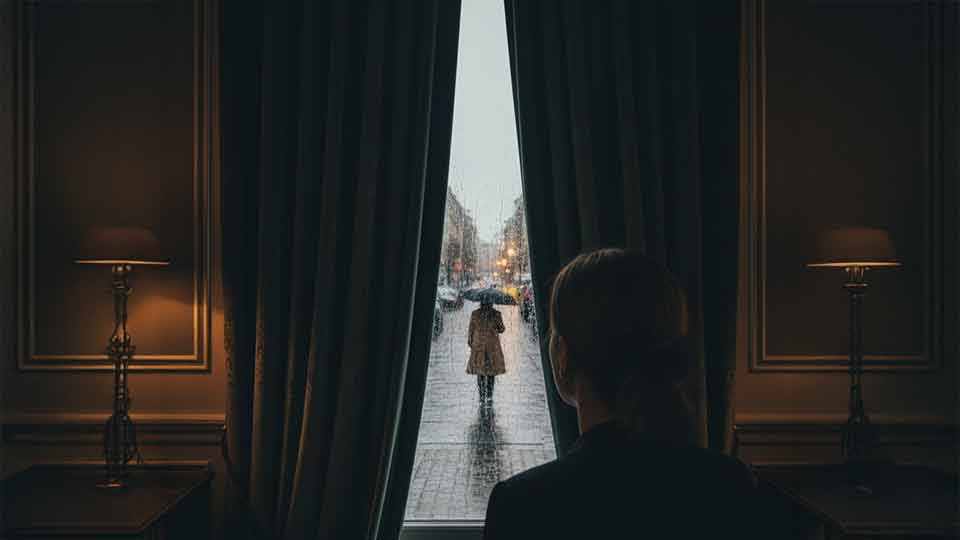
14. Behind-the-Object Angle
- Adds depth and layering to composition.
- Suggests hidden or secretive perspective.
- Makes the audience feel like an observer.
AI Prompt: “Shot framed behind bookshelves, watching a spy exchanging documents”
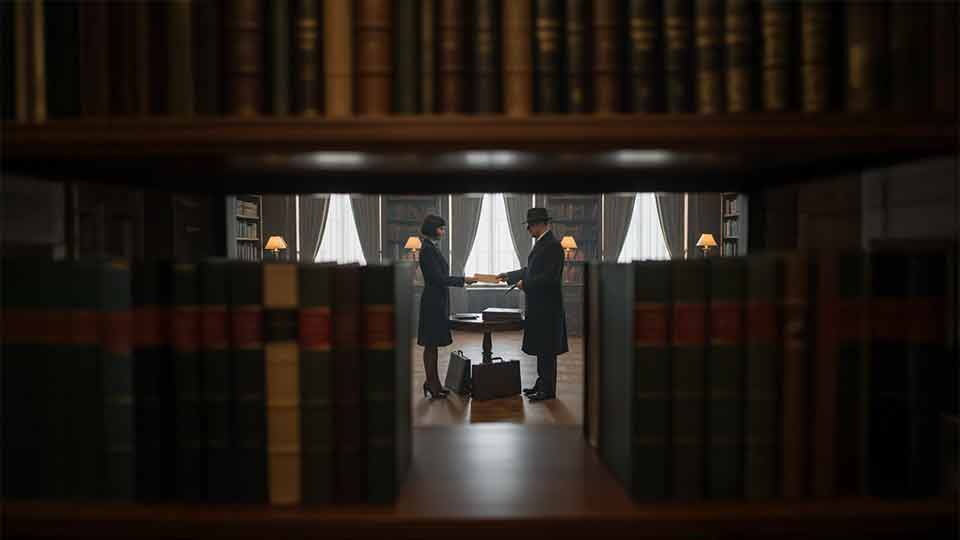
15. Over-the-Weapon Angle
- Builds intensity before an action moment.
- Puts the audience in the shooter’s perspective.
- Creates dramatic tension.
AI Prompt: “Over-the-weapon shot of a sniper aiming through scope at city skyline”
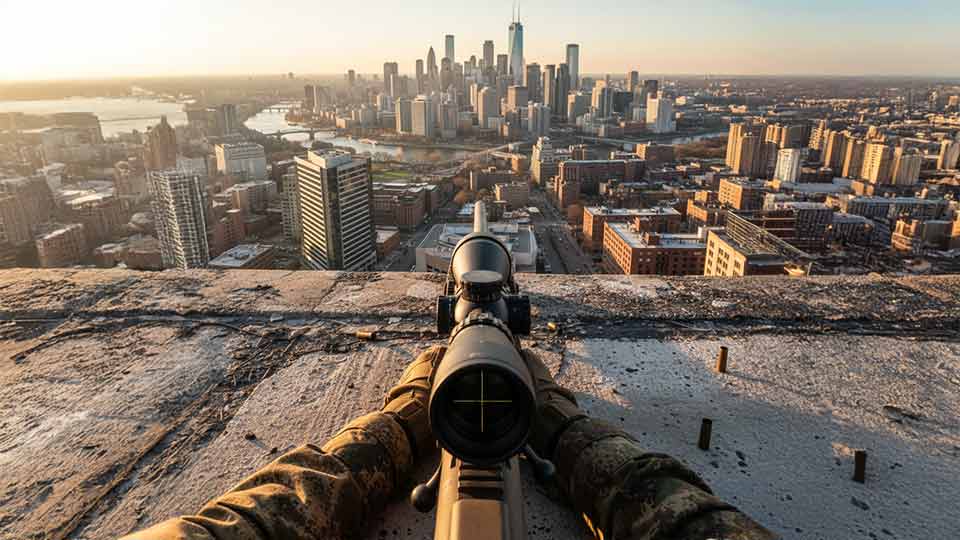
16. Extreme Tilt (Angle of Terror)
- Creates surreal, dreamlike visuals.
- Suggests chaos or mental breakdown.
- Adds dramatic stylization.
AI Prompt: “Extreme tilted shot of a carnival at night, eerie atmosphere, distorted perspective”
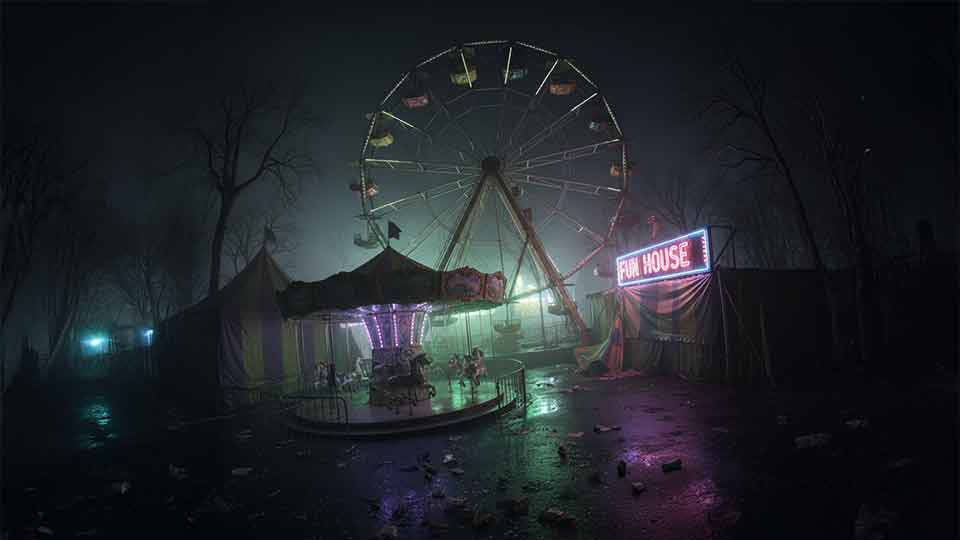
17. Tracking Side Angle
- Adds energy and speed to movement.
- Keeps character in motion without cutting.
- Immerses viewer in dynamic action.
AI Prompt: “Tracking side shot of a runner sprinting through neon-lit cyberpunk streets”
Combining Shots & Angles for Storytelling
Knowing the names of shots and angles is useful, but the real magic happens when you combine them intentionally. Together, they create the emotional language of film — guiding how the audience feels about characters, places, and events without a single word spoken.
The Formula:
Shot Type + Angle = Mood
Shot type sets the frame size (what we see). Angle sets the perspective (how we feel about it). Together, they create meaning.
Think of them like a sentence:
Shot = subject (what we see).
Angle = tone of voice (how we see it).
Can All Camera Shots and Angles Work Together?
- Shot types answer: “How much of the subject is visible?” (Close-up, Medium, Wide, etc.)
- Angles answer: “From what perspective are we looking at it?” (High, Low, Dutch, etc.)
- Close-Up + High Angle
- Close-Up + Low Angle
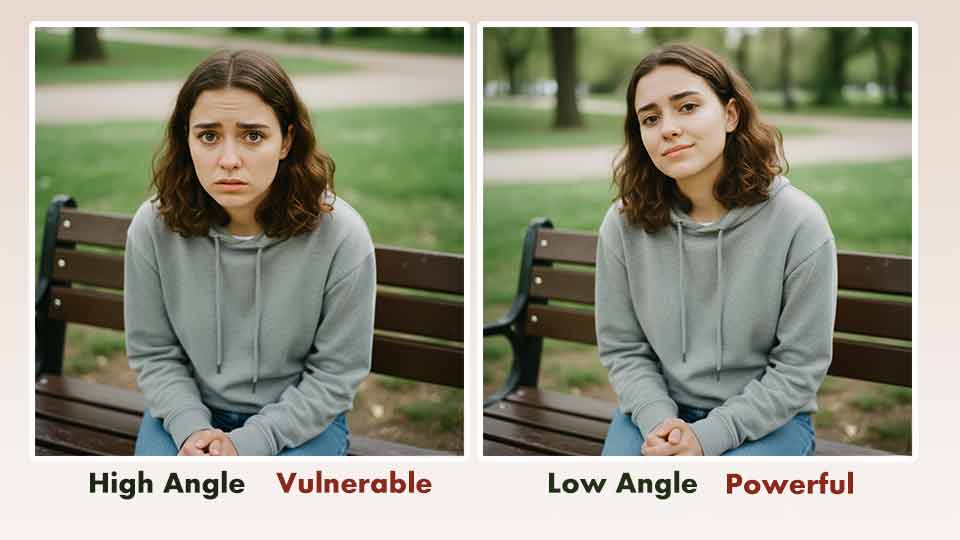
- Medium Shot + Dutch Angle
- Wide Shot + Bird’s-Eye View
- Extreme Long Shot + Worm’s-Eye View
- Over-the-Shoulder Angles work best with Medium or Close shots (otherwise the shoulder is barely visible).
- Over-the-Weapon / Over-the-Hip Angles need mid-range framing to show the body and action.
- God’s Eye View (Overhead) usually shines with Wide or Long Shots to capture layout — less effective for Close-Ups unless stylized.
Prompting Guide for AI or Storyboarding
When prompting an AI or writing a storyboard description, clarity and detail are everything. The more precise you are about shots, angles, subject, environment, lighting, colors, emotions, and style, the better your results.
Below is a structured breakdown with lots of options you can mix and match.
Step 1: Shot Type
Choose from the full list:
- Extreme Wide Shot (EWS)
- Wide Shot (WS)
- Medium Shot (MS)
- Close-Up (CU)
- Extreme Close-Up (ECU)
- Two-Shot
- Over-the-Shoulder Shot (OTS)
- Point-of-View Shot (POV)
- Insert / Cut-In Shot
- Tracking / Dolly Shot
- Crane / Overhead Shot
- Tracking Extreme Close-Up
- Tilt / Whip Pan / Swish Pan
Step 2: Camera Angle
Choose from the list :
- Eye-Level Angle
- High Angle
- Low Angle
- Overhead / Bird’s-Eye View
- Worm’s-Eye View
- Dutch Angle (Tilt)
- Over-the-Shoulder (OTS)
- Point of View (POV)
- Close Tracking / Side Angle
- Extreme High Angle (God’s Eye View)
- Extreme Low Angle
- Two-Shot Angle
- Over-the-Hip Shot
- Cut-In Angle (detail within the scene)
- Cutaway Angle (to environment/object)
- Reaction Shot Angle
- Insert Shot Angle
Step 3: Subject & Action
Subject:
- Human characters (adult, child, group, couple, soldier, worker, artist, etc.)
- Animals (dog, horse, bird, etc.)
- Objects (car, book, sword, phone, etc.)
Action:
- Action verbs: sitting, running, smiling, fighting, typing, waiting, hugging, looking away.
Step 4: Environment & Context
- Indoor: office, kitchen, bedroom, factory, classroom, studio.
- Indoor: office, kitchen, bedroom, factory, classroom, studio.
- dawn, morning, afternoon, golden hour, twilight, night, midnight.
- sunny, rainy, foggy, snowy, stormy, windy.
Step 5: Lighting Options
- Natural: soft daylight, harsh midday sun, cloudy diffuse light, golden sunset, moonlight, candlelight.
- Dramatic: chiaroscuro, spotlight, rim light, underlighting (horror), silhouette, high contrast.
- Cinematic: neon glow, studio softbox, tungsten warm light, fluorescent cold light, car headlights, firelight, projector beam.
- Special Effects: strobe, laser, holographic glow, flickering TV light, lightning flashes.
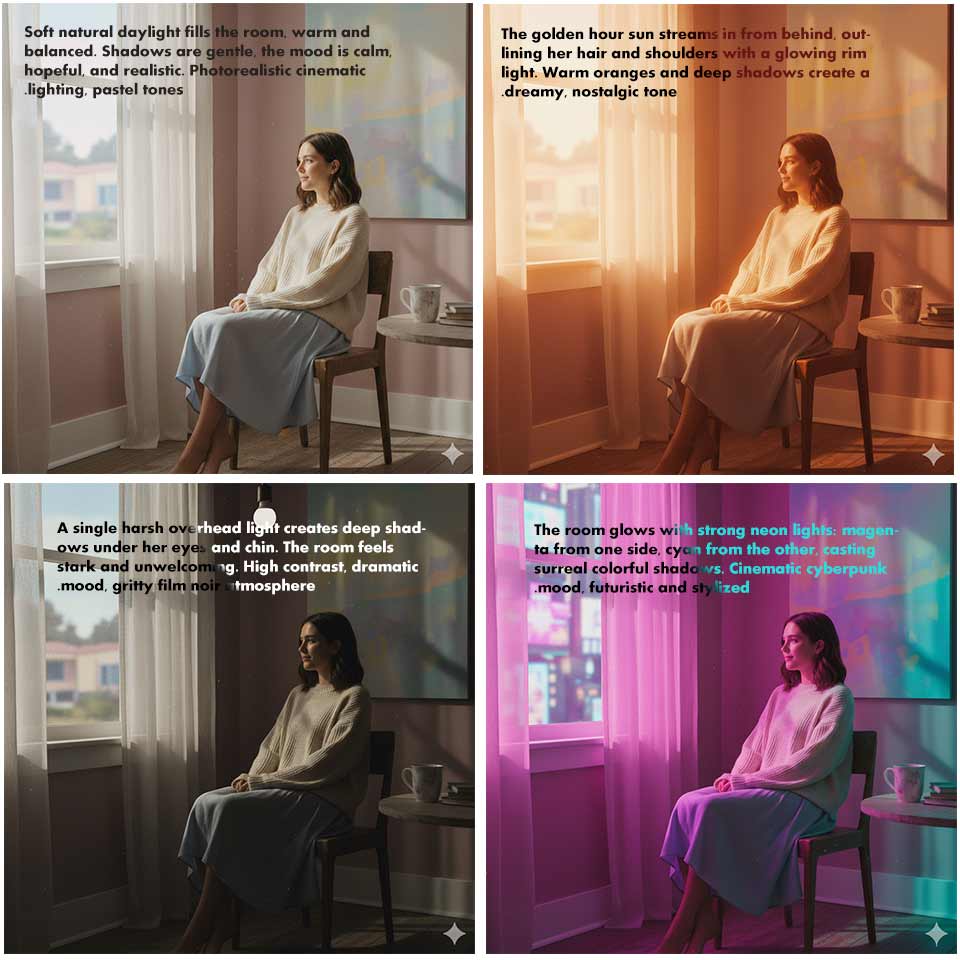
Step 6: Color Palette Options
- Warm: golden, red-orange, earthy tones, sepia.
- Cool: blue-gray, teal, icy silver, pale green.
- Neutral: black and white, muted gray, beige, pastel.
- Vibrant: neon, saturated rainbow, cyberpunk palette, high-contrast comic style.
- Thematic Palettes:
- Noir (black/white with heavy shadows)
- Retro (muted yellows, greens, browns)
- Futuristic (metallic silvers, neon blues and pinks)
- Fantasy (rich jewel tones, glowing accents)
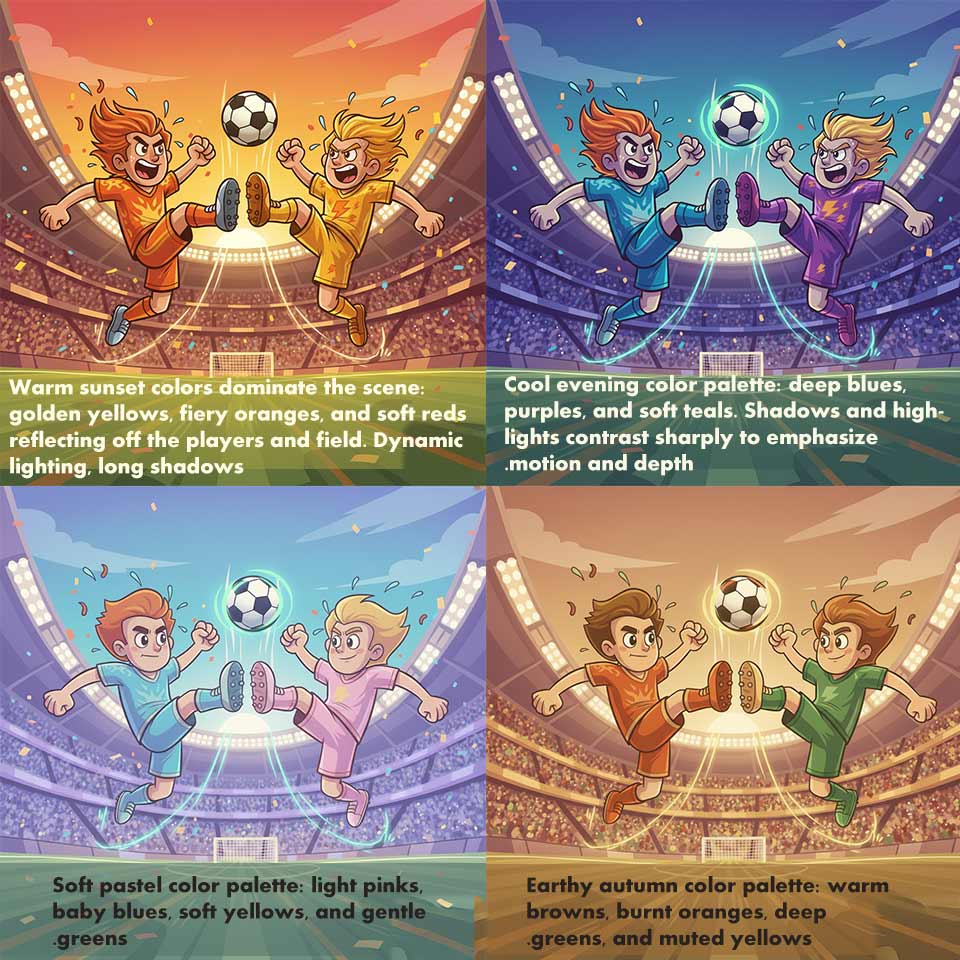
Step 7: Emotion Options
- Happy: cheerful, laughing, playful, satisfied.
- Sad: melancholic, tired, nostalgic, grieving.
- Neutral: calm, thoughtful, relaxed, focused.
- Angry: frustrated, furious, defiant, intense.
- Fearful: anxious, shocked, horrified, tense.
- Other: mysterious, dreamy, confused, hopeful, triumphant.
For Scene (overall atmosphere):
- Peaceful, Romantic, Tense, Chaotic, Exciting, Surreal, Whimsical, Gritty, Epic, Intimate.
Step 8: Style Options
Artistic / Visual Styles:
- Realistic (photo-like, cinematic realism)
- Painterly (oil painting, watercolor, impressionist, surrealist, cubist)
- Illustrative (comic book, manga, children’s book, flat vector)
- Cinematic (Hollywood blockbuster, film noir, arthouse indie, documentary)
- Stylized (cartoony, Pixar-style, anime, 8-bit pixel art, cel-shaded, silhouette art)
- Genre Aesthetic: Cyberpunk, Steampunk, Gothic, Fantasy, Minimalist, Futuristic, Vintage/Retro
- Peaceful, Romantic, Tense, Chaotic, Exciting, Surreal, Whimsical, Gritty, Epic, Intimate.
Step 9: Put It All Together
[Shot Type] of [Subject] from [Camera Angle], [Action/Expression], in [Environment/Context],
with [Lighting], [Color Palette], [Emotional Tone], in [Style].
Example Prompt:
“A medium close-up of a young man from a low angle, nervously adjusting his tie, inside a crowded courtroom, under harsh fluorescent lighting, with muted gray and brown tones, tense atmosphere, in cinematic realism style.”
Conclusion
Camera shots and angles are the building blocks of visual storytelling. Whether you’re holding a camera on set or typing a prompt into an AI image generator, the way you frame your subject changes how your audience feels. A simple shift from a high angle to a low angle can flip a character from powerless to powerful. A wide shot can take us into the world, but a close-up brings us face-to-face with its characters.
With AI tools now at our fingertips, experimenting with these techniques has never been easier. You can test dozens of combinations — wide shots with worm-eye views, close-ups with Dutch tilts — and instantly see how mood, tension, and storytelling transform. Think of it as a creative playground where you can explore anything.
The key takeaway is simple: every shot, every angle tells a story. The more deliberately you choose them — and the more clearly you describe them in your prompts — the stronger your visuals will become.
Tried a cool shot + angle combo in your prompts? Share it in the comments so we can all get inspired.
Shop Related Products:
- Facebook0
- Twitter0
- Pinterest1
- Email0
- Subscribe
- 1share

